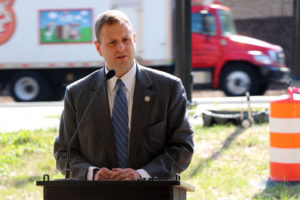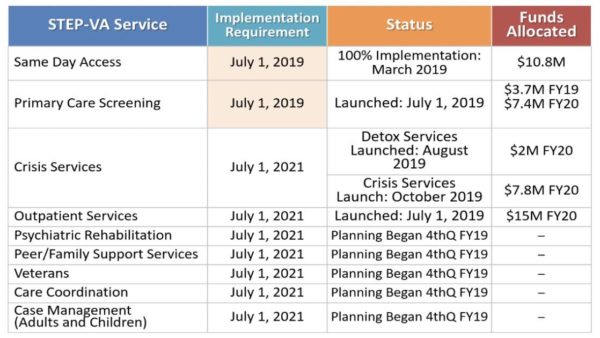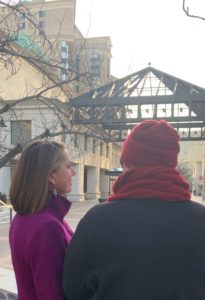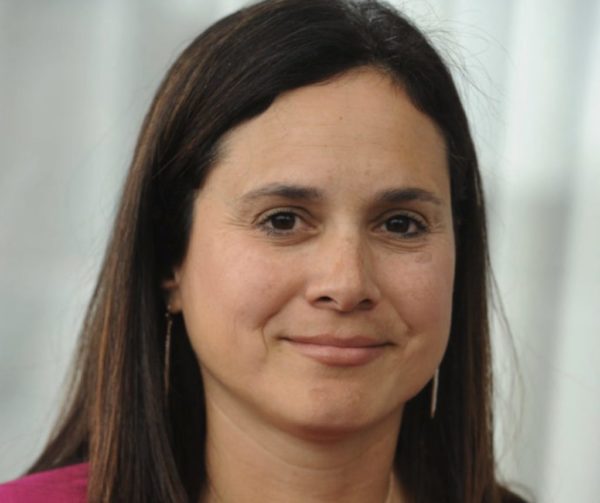 Progressive Voice is a bi-weekly opinion column. The views expressed are solely the author’s.
Progressive Voice is a bi-weekly opinion column. The views expressed are solely the author’s.
By Patrick Hope
Virginia continues to make strides to reform our behavioral health system. Too many Virginians, some of them children and adolescents, lack access to basic preventive care and emergency intervention services. Many end up in our criminal justice system rather than being provided the necessary treatment to avoid such occurrences.
To address the gap, we in the General Assembly are laying a solid foundation on two fronts aimed at prevention–STEP-VA and Behavioral Health Redesign–with Gov. Ralph Northam’s proposed FY2021-22 budget making significant investments.
STEP-VA (System Transformation Excellence and Performance) was initiated to improve access, consistency, quality, and accountability of community-based behavioral health services.
- Same-day Access: The goal is to provide same-day access to a behavioral health assessment for anyone in crisis and to reduce wait times for services. We measure success when an individual can receive a follow-up appointment within 10 days from the initial assessment.
- Primary Care Screening: The goal in Phase 1 is to identify individuals who pose the greatest risk for physical health issues and connect them to primary care. Frequently, someone in crisis also has other health care issues: diabetes, heart disease, asthma, obesity. You have to treat the whole person and CSBs (Community Services Boards) have to connect the individual to primary care too. In Phase 2, we will expand primary care screenings to all consumers.
Since 2018, Virginia has appropriated over $60 million toward this effort, launching 2 of the 9 steps set for completion July 2021.
Behavioral Health Redesign seeks to integrate all behavioral health services to provide a continuum of care. The focus is on access to services that are: high quality regardless of the setting (e.g., home, school, and primary care); evidence-based (e.g., preventive care and care provided in a least restrictive environment); trauma-informed to yield better outcomes; and cost effective.
The goal with Redesign is to provide alternatives to involuntary hospitalization (Temporary Detention Orders or TDOs) and lower our reliance on inpatient psychiatric beds. Virginia still lacks alternatives to crisis services, such as outpatient treatment, leading to a significant increase in the number of court-ordered TDOs. My legislative efforts in the 2020 session will be to make reforms so that we can provide more appropriate care in a least restrictive environment.













